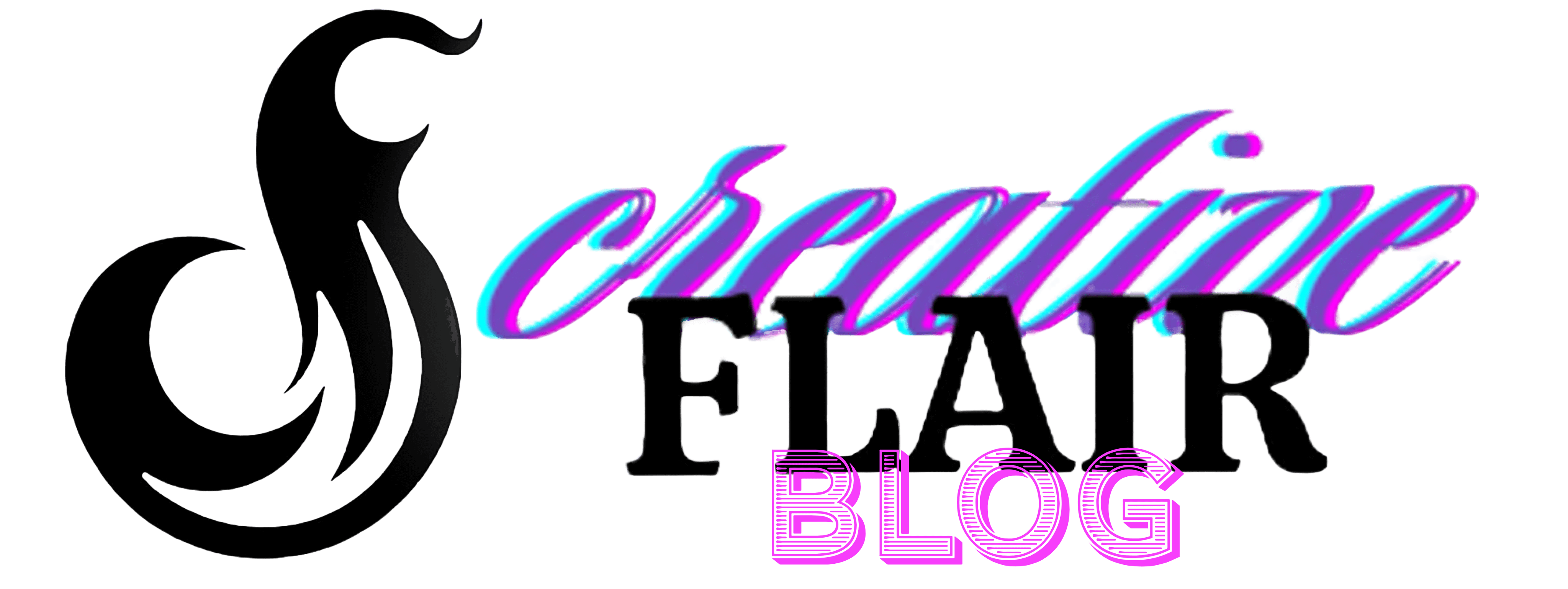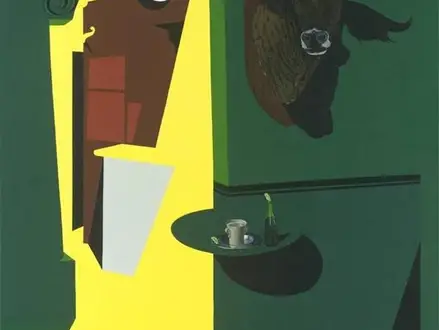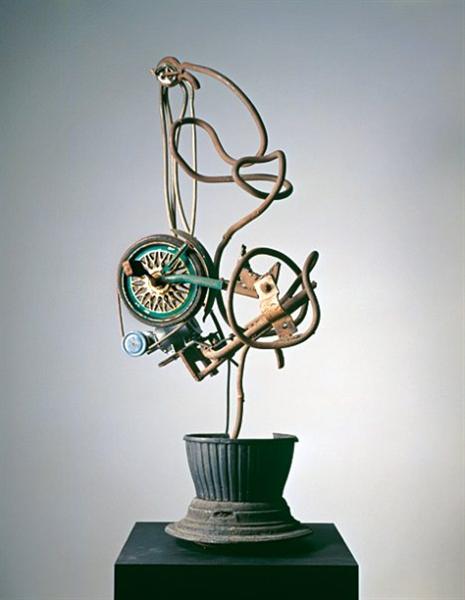Title of Artwork: “Hemingway Never Ate Here”

Artwork by Patrick Caulfield
Year Created 1999
Summary of Hemingway Never Ate Here
The National Gallery, London, commissioned twenty-four artists from Europe and North America to respond to the gallery’s collection in the late 1990s. Francisco de Zurbarán painted A Cup of Water and a Rose on a Silver Plate in 1630 (National Gallery, London), and Patrick Caulfield’s piece, “Hemingway Never Ate Here” uses this painting as its central motif (1598-1664). Zurbarán’s Still Life with Basket of Oranges, 1633, features the motif once more (The Norton Simon Foundation, Pasadena).
It was partly to honour his son’s recent marriage to a Spaniard that Caulfield chose the Spanish still life paintings in the National Gallery, even though he had long been an admirer of their work.
All About Hemingway Never Ate Here
This painting’s Christian undertones are secondary to Caulfield’s interest in its formal simplicity. While it’s possible that Zurbarán saw his still life paintings as expressions of divine order, the rose and clear water in particular are symbols associated with the purity and holiness of the Virgin Mary.
Although he has faithfully reproduced the cup of water and silver plate from Zurbarán’s painting, he has replaced the flower with a lime segment. It wasn’t his intention to paint a lime wedge in the neck of the tonic bottle on the right, but because it was shorter, he decided to go with it. Lime wedges in beer bottles have become somewhat of a cultural signifier for Hispanics since the late 1980s.
It was inspired by a bull’s head that Caulfield saw in a bar near Plaza Mayor in Madrid in 1998, and it was painted from an actual stuffed head that Caulfield hired in London. It wasn’t long after that, on the same trip, he came across an establishment with the sign, “Hemingway never dined here,” in a city full of restaurants claiming to have served the famous American writer.
This stereotype was formed by Ernest Hemingway’s depictions of Spain in his works like Fiesta, which depicted matadors and hard drinking.
Caulfield’s use of pictorial conventions is matched by his play with signs of cultural identity. While the bull’s head and still life objects are rendered with a high degree of realism, the background has been heavily reduced and flattened. In contrast to the realist elements, the rest of the interior is unsure of its spatial location.
It’s difficult to tell what the round table’s relationship to the wall behind it is, or even how it’s supported. In the same way, how the archway room connects to the foreground isn’t clear.
In the upper left corner, a scroll made from sash cord has been painted green and applied to the canvas. Caulfield uses a real three-dimensional object to highlight the artificiality of pictorial space, as in Interior with a Picture, 1985-6 (Tate T07112), where an oval motif is formed from three thick lines of acrylic paint squeezed directly from the tube.
In his investigation into painting and culture, he focuses on the relationship between the real and the artificial.
Information Citations
En.wikipedia.org, https://en.wikipedia.org/.























